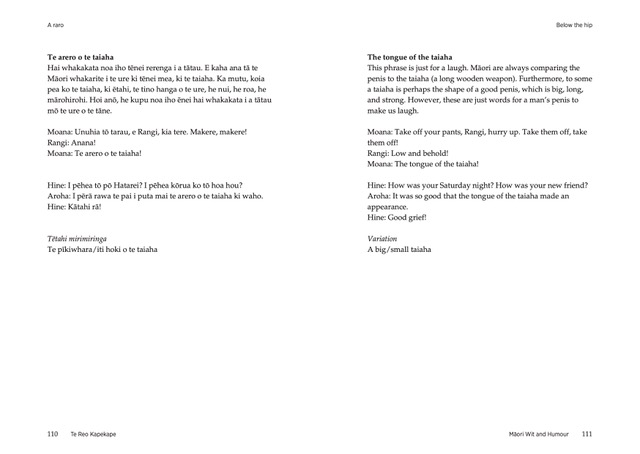The Book that Wouldn't Read / Te Pukapuka ka Kore e Pānuihia
Tim Tipene
Illustrated by Nicoletta Benella
Translated by Kanapu Rangitauira
Setting out to attract the sort of reluctant reader he used to be, author and youth counsellor Tim Tipene happened upon a neat idea: a book that takes over and effectively reads itself!
In The Book that Wouldn’t Read — and the Māori edition Te Pukapuka ka Kore e Pānuihia — a boy who doesn’t like reading just has to investigate when he finds that book on the library shelf.
Sentences move around the page, words change colour and disappear, and crazy fonts and characters get him jumping around, even burping (despite being hushed by teacher and classmates).
Illustrator Nicoletta Benella opens up the worlds that come alive when you get into a book, with layout designed to appeal to reluctant or dyslexic readers.
Publishing in English (hardback) and Māori (paperback) editions ahead of Māori Language Week, this is a book just waiting to be read!
A teacher resource is available on the Oratia website.
The author
Tim Tipene (Ngāti Kurī, Ngāti Whātua) is a pioneering youth counsellor and the award-winning author of over 18 children’s books, including Kura Toa Warrior School and Rona Moon. Tim lives in Rānui, West Auckland. See https://www.timtipene.com/
The illustrator
Nicoletta Benella is an illustrator, graphic designer and artisan originally from north-eastern Italy, where she worked as a designer for the fashion house Benetton. She lives with her family in Hatfields Beach, Auckland.
The translator
Kanapu Rangitauira (Te Arawa, Ngāti Porou, Te Whakatōhea) is a registered translator and teacher of te reo Māori who has translated a number of works for Oratia Books, He lives with his family in Rotoiti, Rotorua.
Publication: 1 September 2023
ISBNs: 978-1-99-004231-7 (English) 978-1-99-004247-8 (Māori)
RRP $25.99 (English) hardback, $22.99 (Māori) paperback
270 x 210 mm portrait, 32 pages, colour






















